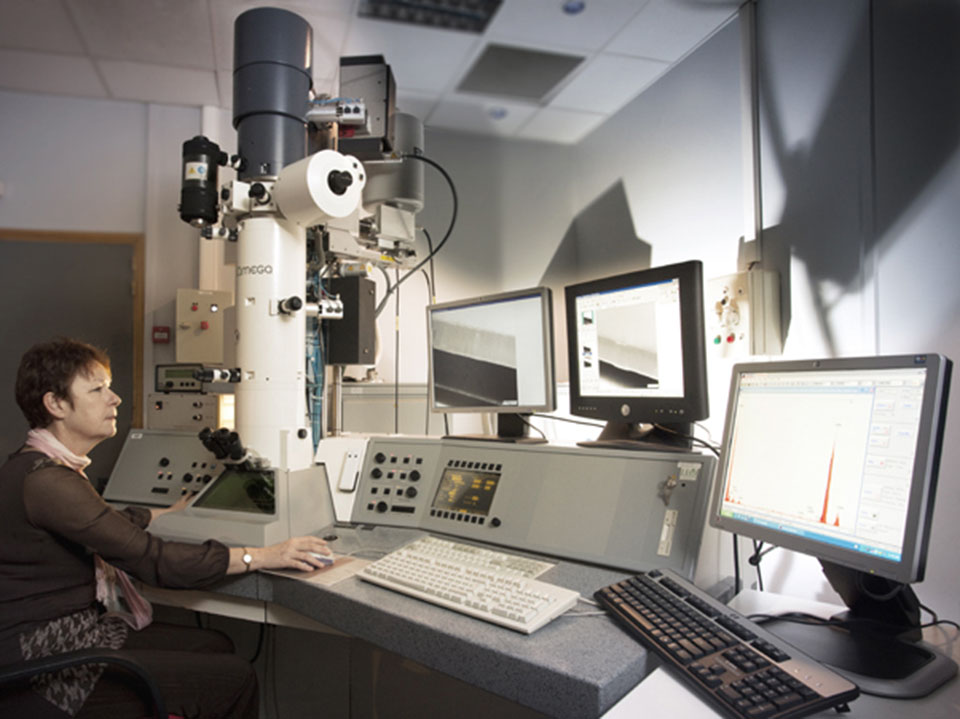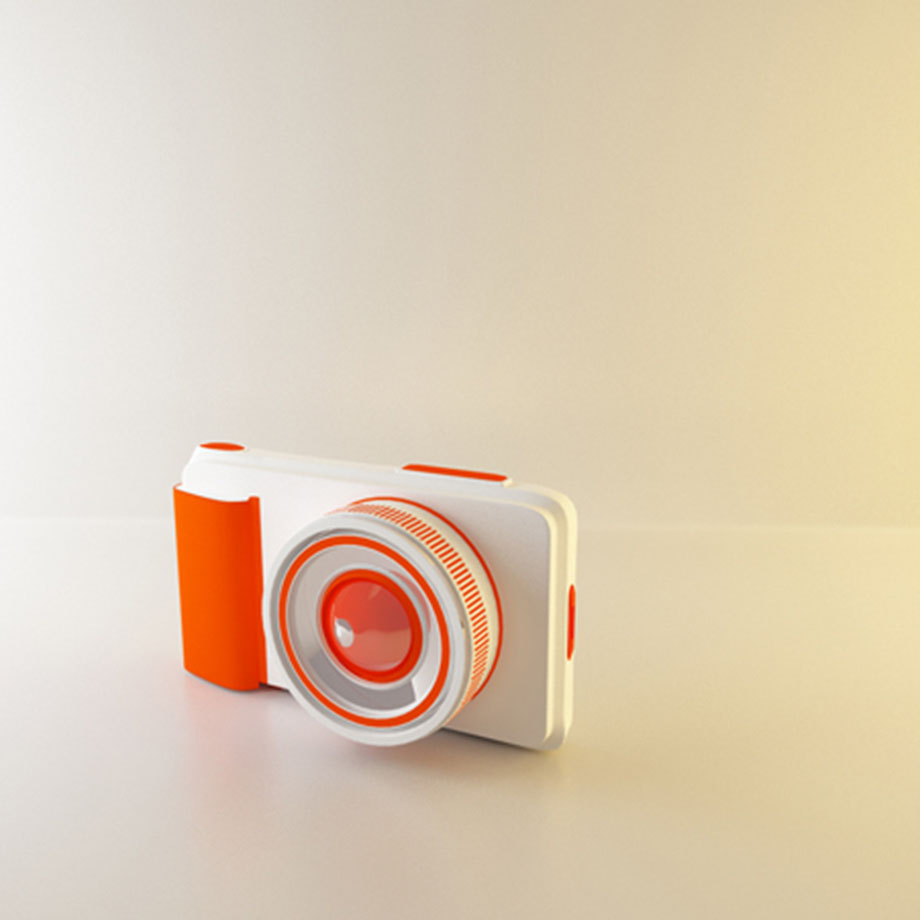Wave-particle duality
Every quantum object is both a particle, like a tennis ball, and some sort of wave, like a wave in the ocean.
Imagine a tennis ball that would be in several different places at the same time. But when you try to locate it with measuring instruments, the quantum object is suddenly reduced to one spot. This means that electrons, atoms, molecules, and even photons (light particles), are small particles and waves, both at the same time!
This is the basic property of the quantum world.

In laboratory : Using electrons to observe matter
In order to overcome the limitations of optical microscopes, physicists use quantum mechanics. Since electrons are — like light — waves, why not use them to light up objects? This is what lies behind the electron microscope, which has an amazing magnifying power. It is one of the most popular microscopes amongst physicists, who want to observe atoms and molecules, and amongst biologists, who want to observe microbes and viruses.

Practical application : Quantum mechanics and CCD display
All our digital cameras are manufactured with CCD image sensors that work using quantum mechanics. Light is made up of photons, which behave as particles and waves at the same time. When light falls upon a CCD sensor, each photon — when it has enough energy — pulls out one electron. These electrons are thus detected and converted into a digital image. This technology has enabled us to develop ultra-sensitive cameras.
